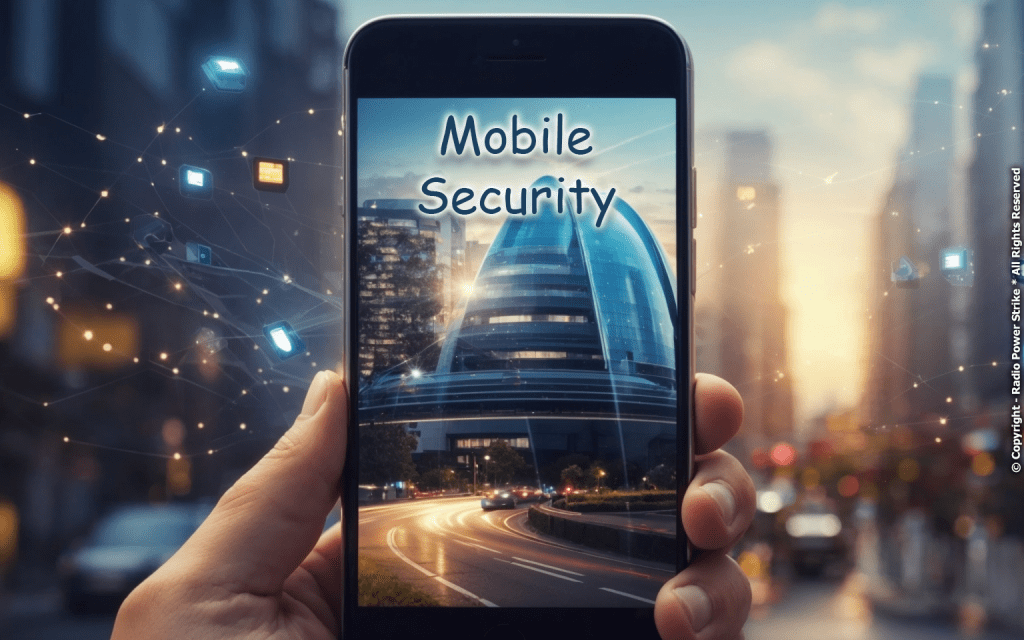Mobile Security: Safeguarding Your Devices in an Online World
Ensuring Digital Safety in the Palm of Your Hand

In today’s interconnected world, mobile devices have become an integral part of our daily lives. From personal communication to professional tasks, we rely on our smartphones and tablets more than ever. However, this increased connectivity also brings new security challenges. Safeguarding your mobile devices is essential to protect sensitive information and maintain privacy in the online world.
Understanding Mobile Security Risks
Mobile devices are susceptible to various security risks, including malware, phishing attacks, unauthorized access, and data breaches. Understanding these risks is the first step in implementing effective security measures.
Malware can infect devices through malicious apps or websites, leading to data theft or device damage. Phishing attacks often come in the form of deceptive emails or messages that trick users into revealing personal information. Unauthorized access can occur if devices are left unprotected, allowing others to access sensitive data.
Implementing Security Measures
To safeguard your mobile devices, implementing robust security measures is crucial. This includes keeping the operating system and apps up to date with the latest security patches, using strong and unique passwords, and enabling biometric authentication like fingerprint or facial recognition.
Installing reputable security software that offers real-time protection against malware and phishing attacks is also essential. Additionally, consider using a virtual private network (VPN) when connecting to public Wi-Fi to encrypt your online activities and protect your data from potential eavesdroppers.
Educating Yourself and Others
Education plays a vital role in mobile security. Being aware of common security threats and knowing how to recognize and avoid them can significantly reduce the risk of falling victim to cyberattacks.
If you’re responsible for others’ devices, such as family members or employees, providing education and training on mobile security best practices is equally important. Regularly sharing updates on new threats and security measures can help everyone stay informed and vigilant.
Utilizing Device Management Tools
Many mobile devices come with built-in management tools that allow users to control security settings, track device location, and remotely wipe data if the device is lost or stolen. Utilizing these tools can add an extra layer of protection to your devices.
For businesses, implementing a Mobile Device Management (MDM) system can provide centralized control over employees’ devices, ensuring that they comply with company security policies and procedures.
Regularly Monitoring and Assessing Security
Regular monitoring and assessment of your mobile security measures are essential to ensure they remain effective. This includes regularly reviewing app permissions, conducting security audits, and staying informed about the latest security trends and threats.
Consider seeking professional assistance if you’re unsure about your security settings or need help implementing more advanced measures. Cybersecurity experts can provide personalized recommendations and support tailored to your specific needs and concerns.
In an increasingly connected online world, mobile security is not something to be taken lightly. By understanding the risks, implementing robust security measures, educating yourself and others, utilizing device management tools, and regularly monitoring and assessing security, you can safeguard your devices and protect your personal and professional data. The peace of mind that comes with knowing your devices are secure allows you to enjoy the benefits of connectivity without unnecessary worry.

Comments are closed, but trackbacks and pingbacks are open.